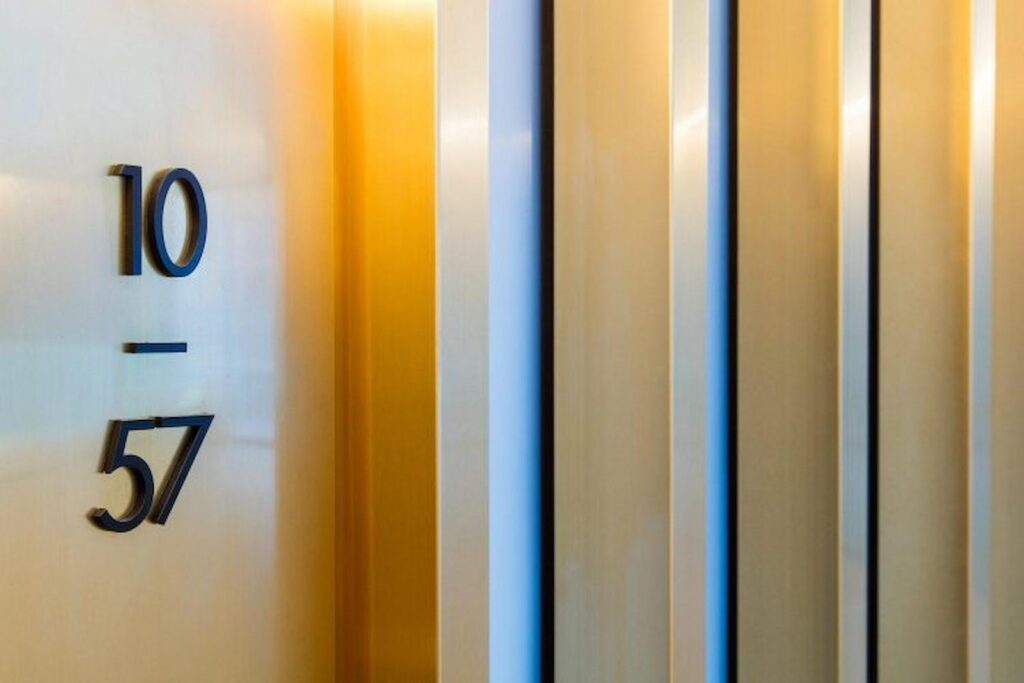
Residential signs have been a part of human culture for centuries, serving as more than just markers for homes. From simple identifiers to elaborate displays of personal style, these signs have evolved dramatically over time. Today, they’re not only functional but also a reflection of homeowners’ creativity and the technological advancements of the era. Let’s dive into the fascinating journey of residential signs, exploring their transformation and offering insights into choosing the perfect sign for your home.
Introduction: More Than Just a Marker
Think of a residential sign; you likely envision a simple plaque bearing a house number. However, residential signs are so much more—they blend function, design, and personality. Over time, they’ve transitioned from basic necessity to aesthetic statement. Understanding their evolution gives us a glimpse into changing societal norms, artistic trends, and technological progress.
The Roots of Residential Signs
1. Traditional Signage: Function Over Form
In earlier centuries, residential signs were all about practicality.
- Materials: Wood and metal were the primary materials chosen for durability.
- Design: Plain numbers or letters carved into plaques or painted on boards.
- Purpose: Clear identification for visitors, couriers, and emergency responders.
2. Cultural Influences
Residential signs also reflected cultural traditions.
- In Victorian England, ornate designs and family crests adorned homes.
- In rural America, signs often featured motifs like animals or nature, symbolising local heritage.
The Shift Toward Modern Aesthetics
1. The Mid-Century Modern Boom
As design trends shifted in the mid-20th century, residential signs began to incorporate:
- Clean Lines: Minimalistic fonts and geometric layouts.
- New Materials: Acrylic, stainless steel, and glass became popular.
- Lighting: Illuminated signs added a contemporary touch.
2. The Digital Age
The 21st century brought technological advancements that revolutionised residential signs:
- Customisable LED Displays: Homeowners could program messages or animations.
- Smart Signs: Integrated with home automation systems, displaying weather updates or alerts.
- Sustainable Materials: Eco-friendly choices like reclaimed wood or solar-powered lights.
Key Trends in Modern Residential Signs
1. Personalization
Homeowners now use signs to showcase their personality:
- Family Names or Initials: A personal touch for curb appeal.
- Custom Colors and Fonts: Matching the home’s architecture or landscaping.
2. Eco-Friendly Designs
With increasing environmental awareness:
- Recycled materials and low-energy lighting are trending.
- Solar-powered signs are both functional and sustainable.
3. Smart Features
The integration of technology has added new dimensions:
- Motion-activated lights for nighttime visibility.
- QR codes for sharing information, such as contact details or Wi-Fi passwords.
How to Choose the Perfect Residential Sign
1. Consider Functionality
Think about what you need the sign to do:
- Address Visibility: Ensure numbers are clear and legible from a distance.
- Weather Resistance: Choose materials that withstand local weather conditions.
2. Match Your Home’s Style
Align your sign with your home’s architecture:
- Rustic Homes: Opt for wooden or wrought iron designs.
- Modern Homes: Sleek, metallic, or glass signs work best.
- Traditional Homes: Choose ornate, engraved plaques for a classic look.
3. Prioritize Maintenance
Low-maintenance options save time and effort:
- Powder-coated metal resists rust.
- Self-cleaning or anti-glare glass reduces upkeep.
Actionable Tips for Installing Residential Signs
- Placement Matters: Install the sign where it’s easily visible but not obstructive.
- Use Proper Lighting: Solar or LED lights enhance visibility and aesthetics.
- Secure Installation: Use durable fixtures to prevent damage from wind or tampering.
The Future of Residential Signs
As technology and design evolve, residential signs will likely become even more innovative. Imagine holographic displays or interactive signs that greet visitors with personalised messages. The future holds endless possibilities, blending creativity with functionality.
Conclusion:
Residential signs have journeyed from humble, functional beginnings to becoming an essential blend of utility and artistic expression. They reflect personal tastes, technological advancements, and environmental considerations, showcasing the dynamic evolution of home design. Whether you prefer the timeless charm of traditional signs or the sleek sophistication of modern innovations, residential signs offer a way to make your home stand out. Explore the possibilities and choose a sign that serves its purpose and enhances your home’s character.






